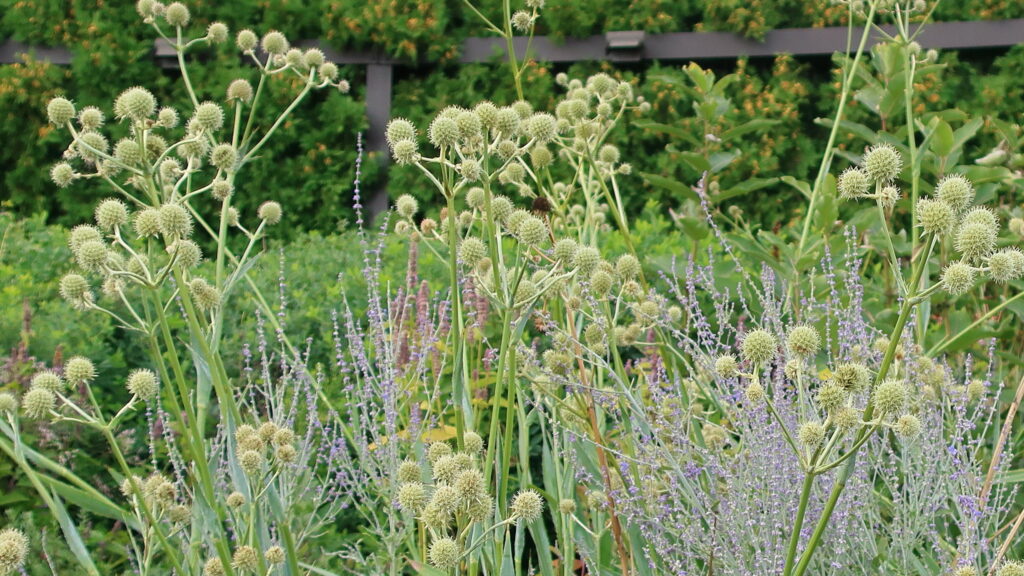
There has been a decline in the abundance of insect and other animal pollinators in many ecosystems worldwide that began being observed at the end of the 20th century. Pollinators and their health have become growing concerns for the public and many states have enacted legislation related to pollinator decline.
In many places, the pollinator decline has largely been driven by a loss of flowering plants in the landscape, the primary source of food for the pollinators. A new study by Penn State researchers looked at the attractiveness to pollinators of various species of perennial flowering plants that people can plant in their gardens and other landscapes.
It turns out that there is considerable variation in how attractive different flowering plants are to pollinators. Greenspaces such as parks and gardens have the potential to support very rich pollinator communities, even including rare or vulnerable species.
People generally select ornamental plants because of their appearance and growth habit, not because of their pollinator attraction.
The Penn State study looked at a variety of perennials and identified the most attractive plant cultivars, which can attract 4 times the number of pollinator species than the least attractive plants studied.
The most appealing plant is the ‘Blue Fortune’ giant hyssop. Other highly attractive plants are the anise hyssop, the ‘Black Adder’ Agastache, the Cat’s Meow and Walker’s Low Nepetas, and the Triloba and Herbstonne Rudbeckias.
Many of these plants produce large floral displays and the researchers suggest that they should be prioritized when planting a pollinator garden amongst other species with comparably small floral displays and lower attractiveness to pollinators.
**********
Web Links
Popular perennial flowering plants can attract diverse mix of pollinators
Photo, posted September 7, 2019, courtesy of KM via Flickr.
Earth Wise is a production of WAMC Northeast Public Radio.
Leave a Reply